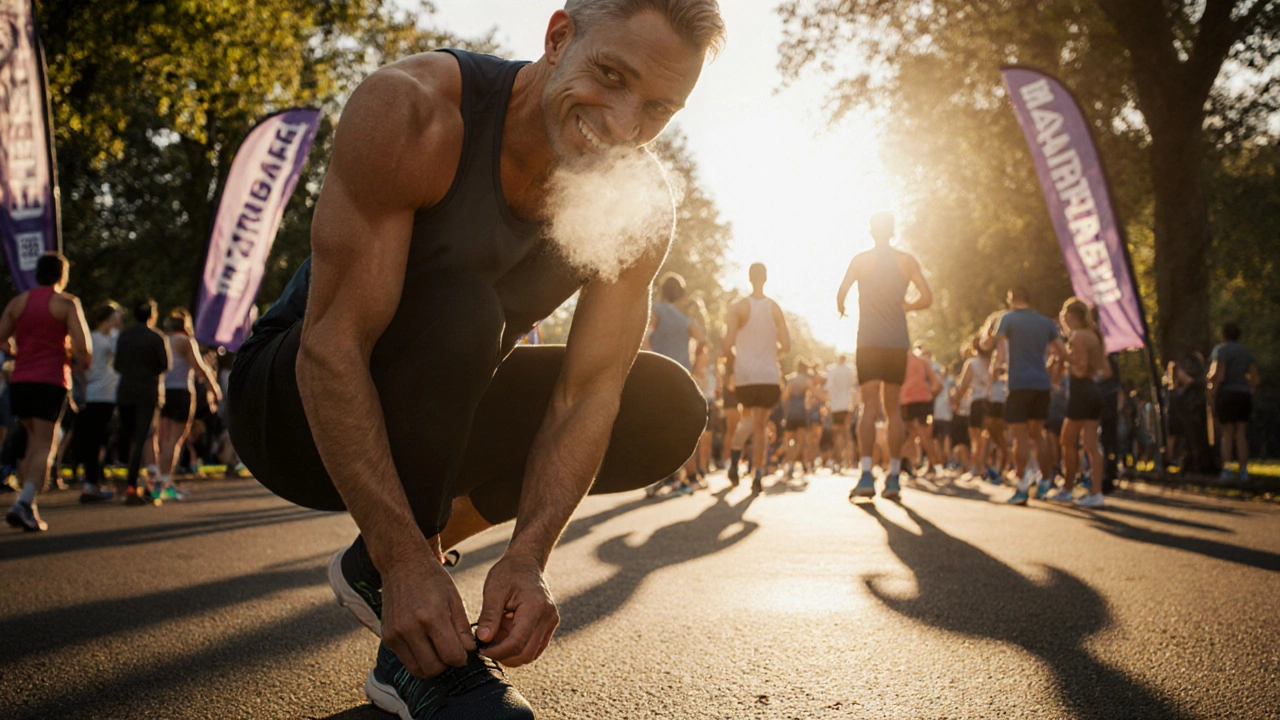
Age and Running: What Changes When You Hit New Milestones
When you think about age and running, the way your body, mind and performance shift as you get older. Also known as running by age, it shapes how fast you can finish a race, how quickly you recover, and what training tweaks you need.
One of the biggest marathon, a 42.2 km test of stamina and strategy illustrates these shifts. Studies from UK race data show that runners in their 20s average about 3 hours 45 minutes, while those in their 40s tend to finish around 4 hours 10 minutes. The gap isn’t just about slower legs; it’s linked to reduced VO₂ max, slower muscle repair, and sometimes more life commitments that limit training time.
That’s why a solid training plan, a schedule that matches your current fitness, recovery ability and goals becomes essential. Younger runners can often handle higher mileage and intense intervals, but as you age, the plan should swap some hard days for cross‑training, strength work and longer recovery blocks. For example, a 37‑year‑old starter might begin with three easy runs a week, add two short hill repeats, and include two strength sessions focusing on hips and core. By the time you’re in your 50s, the same runner could replace hill repeats with low‑impact bike work to keep the heart rate up without stressing the joints.
Injury Prevention and Longevity
Age also raises the stakes for injury prevention, strategies that keep you on the road and out of the physio clinic. Older muscles lose elasticity faster, so a good warm‑up and regular dynamic stretching are non‑negotiable. Adding strength training two to three times a week helps maintain bone density and supports joints, cutting the risk of common issues like IT‑band syndrome or Achilles tendinitis.
Nutrition tweaks matter too. Protein intake should rise slightly—about 1.2‑1.5 g per kilogram of body weight—to support muscle repair. Antioxidant‑rich foods like berries and leafy greens can combat the increased oxidative stress that comes with age, helping you bounce back after long runs.
Finally, listen to your body. If you notice persistent soreness, don’t push through a hard workout; swap it for a low‑impact activity or a rest day. Consistent sleep—7‑9 hours a night—also speeds recovery, which becomes more critical as you climb the age ladder.
All these pieces—understanding how age reshapes marathon times, adapting a training plan, and prioritizing injury prevention—come together to let you run smarter, not just harder. Below you’ll find articles that break down average marathon times by age group, give you a starter guide for running at 37, explain the best age to tackle a marathon, and share calorie‑burning workouts that fit any stage of life. Whether you’re eyeing your first 5 k or your third marathon, the insights here will help you match your training to the age you’re in and keep you moving forward.
